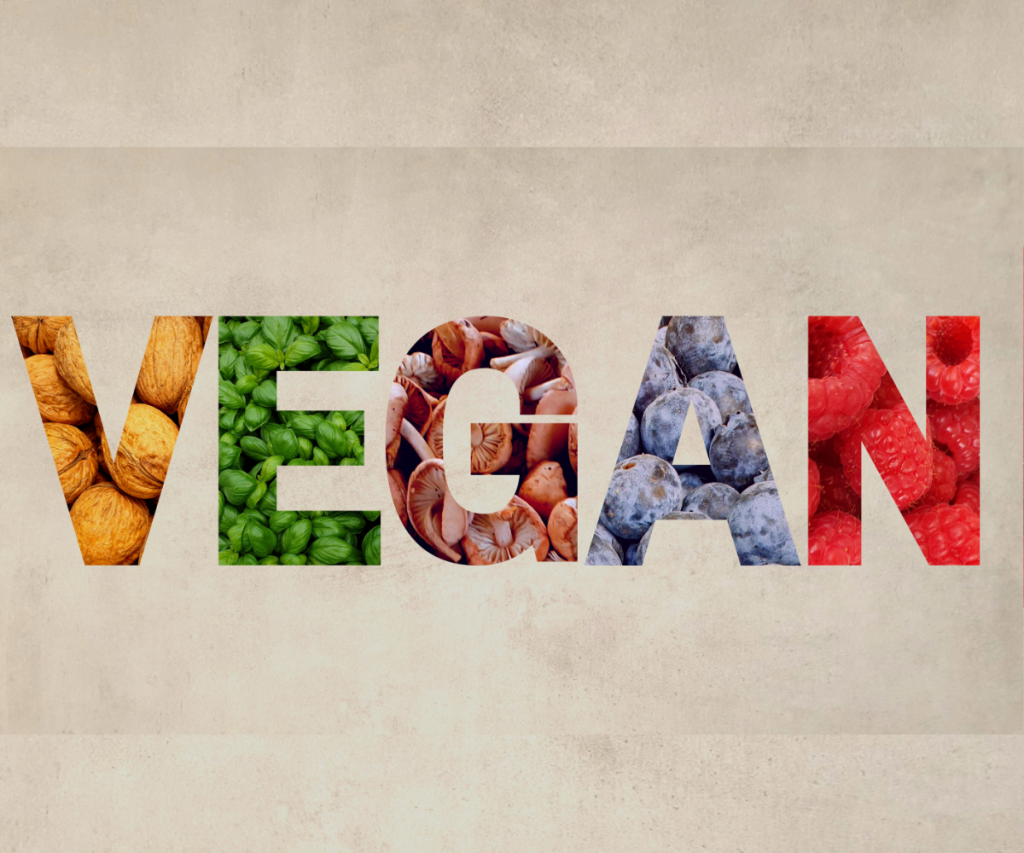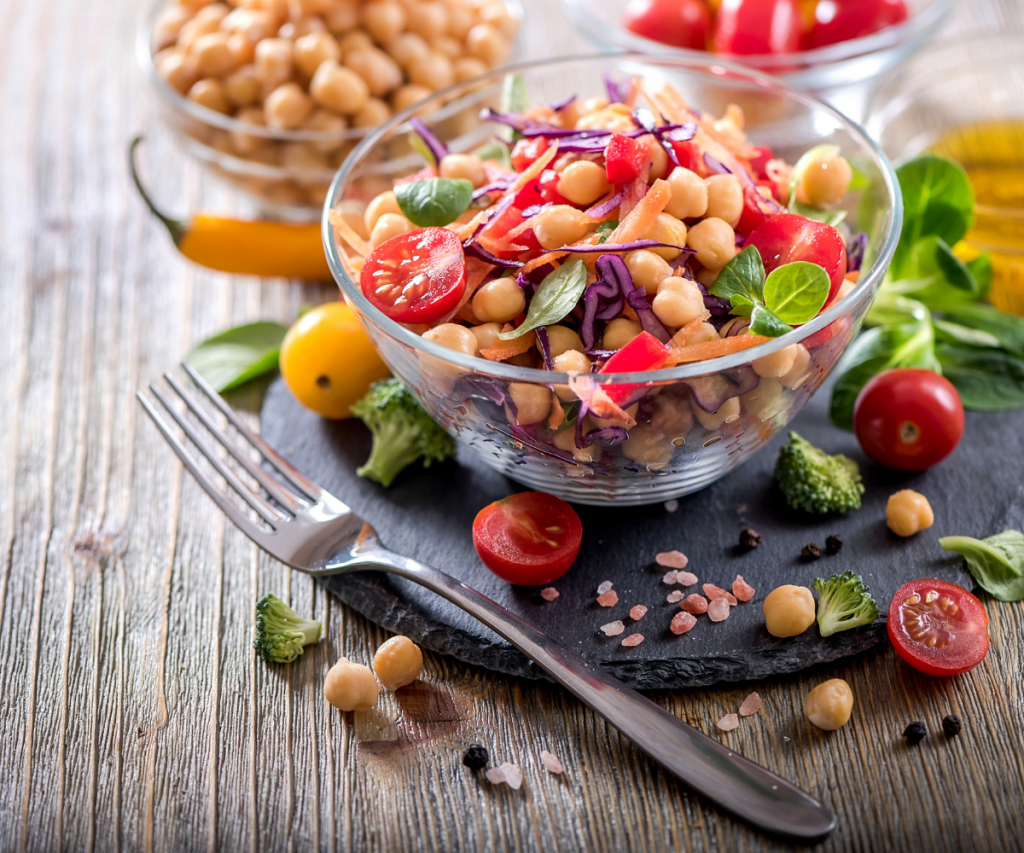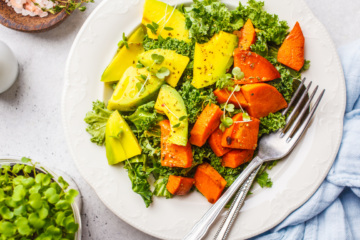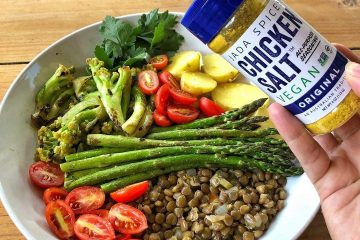Wondering how to tell if something is vegan? You’re not alone! Here’s some useful tips, including how to decipher food labels.

When you first switch to a vegan diet, one of the toughest things you’ll encounter is learning how to decipher whether or not something you want to eat is truly vegan. The secret is to look at the contents or ingredients, but some ingredients can be sneaky.
You want to be sure that you are not being tricked into using animal or animal-based products. Reading labels may not always be enough, unless you know some of the “sneaky” names used for these products.
So, let’s learn precisely how to tell if something is vegan.
The top things you will learn here include authentic vegan products and foods and the way to identify them. Then, read on to understand why selecting truly vegan foods and products and the common trends that distinguish vegan from non-vegan or animal-based products.
Vegan Criteria
Let’s dive in and see the criteria for vegan products.
First, anything that you call vegan should exclude animals and animal products in all ingredients. This rule is the most important one, and you can even use it as the only rule.
Some vegans are stricter and follow a second and third rule. The second rule is that exploiting or using animals in any part of food processing makes the end product non-vegan. So, if a given item or food production relies on heavy animal labor or disruption of animal habitats, the end product is not vegan.
Vegan.org provides certification to products and brands. Their criteria for certification is considered the gold standard by some. It is:
In order for a product to be approved for Vegan Certification, it must not contain meat, fish, fowl, animal by-products, eggs or egg products, milk or milk products, honey or honey bee products, insects or products from insects such as silk or dyes, or sugar filtered with bone char or be processed with any animal products or by-products.
Products may not contain or be sourced from leather, fur, silk, feathers, down, bone, horn, shell, wool, cashmere, shearling, angora, animal skin, suede, or mohair.
Sweeteners may not be filtered or processed with bone char.
Prebiotics and probiotics must be cultured on or with a culture medium free of animal products or by-products..
Liquids such as beer, wine, maple syrup, and fruit juices may not be filtered, defoamed, or clarified with animal products.
Products must not have involved animal testing of ingredients or finished products by the supplier, producer, manufacturer, or independent party for any type of research whatsoever to include environmental safety, feed or nutrition trials, toxicity testing, or animal tests or trials “as required by law” to include third-party testing and may not be tested in the future.
Products may not contain any animal-derived GMO’s or animal-derived genes used to manufacture ingredients or finished product.
WHAT TO LOOK FOR IN FOOD LABELS
You should exclude dairy product components because these are common in pseudo-vegan (falsely vegan products).
Casein is an example of products that some manufacturers sneak into vegan products.
If you spot any of the amino acids exclusive to animals, the product is not vegan. You should reject the common ones: cysteine, alanine, glutamine, aspartic acid, β-alanine, glycine, asparagine, proline, tyrosine, and serine.
If a product has a label of “vegan” but contains any of these ingredients, you should know that it is not truly vegan.

You can now see that dairy and animal proteins are common exclusions that should not occur in truly vegan products.
Next, we have to look at the fats because most food products have some fat content. Good plant-based fat is polyunsaturated fats, and many genuine vegan products contain such fats. The polyunsaturated fats are healthier and will not clog your arteries. Some genuine manufacturers may label the fats as “plant fats” or “plant-based fats.”
SPECIFICS OF VEGAN FOODS
Vegan foods are plant-based foods that also come from vegan-friendly manufacturing and vegan-friendly business practices. The first thing is to ensure that they only contain plants and then ensure that the businesses that take part in the production, distribution, or sales are vegan-conscious.
The common vegan foods include vegetables and vegetable-based products, nuts, fruits, and grains. Most cereal or cereal foods are vegan. (Check out this Vegan Cereal Guide for a run-down of good options to choose.) Whole foods are also likely to provide options for vegan-only foods. Rice, pasta, bread, beans, lentils, almonds, coconuts, and vegetable oils are all vegan.
SNEAKY INGREDIENTS TO EXCLUDE IN VEGAN PRODUCTS
Now, there are many sneaky ingredients to exclude from vegan products.
Gelatin is a pervasive one. Gelatin is extremely common and appears in food products that most people love. When you see such a pervasive ingredient, you should understand that many complacent manufacturers will throw it in vegan products.
An ingredient with a very high demand becomes part of the standard supplies that food manufacturers order and maintain. Gelatin occurs in most desserts, marshmallows, candy, trifles, aspic, gummy bears, Peeps, jelly babies, and fruit snacks.
Whey is a sneaky dairy product that hides in some vegan foods. You might find it in desserts, protein bars, cakes, confectionery, and other foods.
Unfortunately, the source of whey is milk, which is not a vegan-friendly food. Vegans avoid milk because they believe humans should not take the natural resources that animals use to survive.
WHAT TO LOOK FOR WHEN EATING OUT AT FAST FOOD AND REGULAR RESTAURANTS
The best way to understand whether a restaurant provides truly vegan foods is to read the menu and think about the ingredients of common foods.
For example, if the restaurant offers cheese, you should ask about its source and its contents. Vegan-friendly restaurants will give you more minute details about ingredients because they care. Feel free to ask whether the cheese contains casein or whether they have gelatin-free desserts.
When you have excluded the most common animal products or ingredients, you can now focus on the genuine vegan product manufacturers.
Check the online profiles of restaurants that claim to be vegan-friendly and see whether they list their suppliers. The reputation of a vegan food manufacturer depends on whether they focus on vegan-only products. If the suppliers or manufacturers engage in producing products that involve animal products, you may deduce that the restaurant is a client of a non-vegan supplier.
The best way to understand whether a restaurant has a solid commitment to veganism is to look for signs and labels inside the restaurant or its online platforms.
Vegan restaurants are very expressive and want you to know that they are on a mission to save the animals. Restaurants non-committal to veganism cause will tend to mix vegan and non-vegan products in their menu. You will need a lot more caution to eat at such restaurants.
You now understand how to tell if something is vegan. A vegan product or food should exclude plants in all ingredients, exclude animals in any part of manufacturing, processing, or promotions, and it should have clear labels demonstrating a commitment to veganism.
A restaurant that commits to veganism will provide any information that you need to improve your commitment to veganism. Feel free to ask for any details about the food and the process of preparing it.
Veganism is a great cause that saves animals and preserves the balance in nature. Be proud of it and enjoy your vegan products.


0 Comments